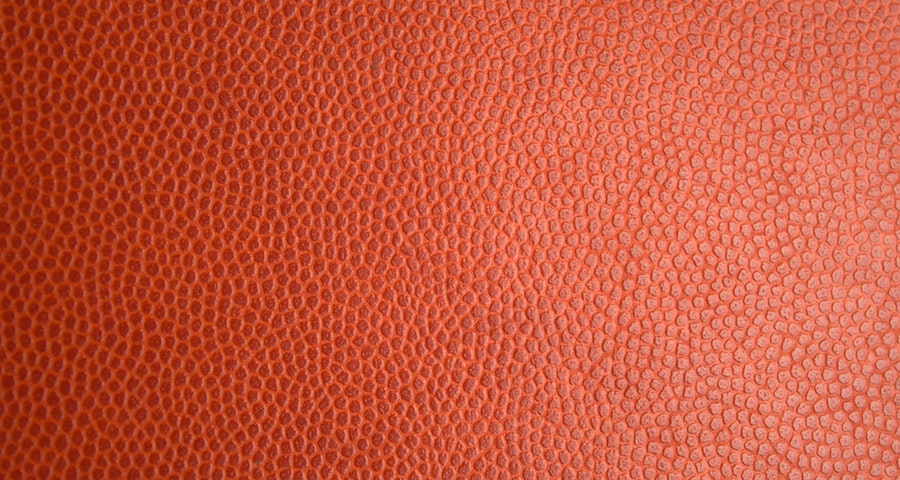
Many people are saying no to wearing leather because of animal cruelty and environmental concerns. However, finding cruelty-free and eco-friendly alternatives can be overwhelming. There are so many different materials out there to choose from, and it can be tough to know which ones are best suited for your needs. That’s why we’ve put together a list of 10 alternatives to leather, complete with their pros and cons, so you can make an informed decision when it comes to your fashion choices.
Contents
Cork
Cork is a sustainable and eco-friendly material that is waterproof and easy to maintain. It is also resistant to stains and scratches. However, it is not as durable as leather and can often have a lower-quality finish.
Pineapple Leather
Also known as Piñatex, this material is made from pineapple leaves and is completely vegan. It is a sustainable fabric that is strong and durable. However, it can be quite expensive and has limited availability.
Microfiber
Microfiber is a synthetic leather alternative made from tightly woven fibers. It is often used in bags and footwear because of its water-resistant and lightweight properties. However, it is not a biodegradable material and can be difficult to repair.
Mushroom Leather
Mushroom leather is a vegan leather alternative made from mushroom caps. It is eco-friendly and completely biodegradable. It is also soft and breathable, making it a comfortable material to wear. However, it can be expensive and its availability is limited.
Recycled Rubber
Recycling rubber products like tires into shoes, bags, and clothing is good for the environment and sustainable. Recycled rubber is strong durable and waterproof. However, it can be heavy and stiff and is not as breathable as other materials.
Apple Leather
This vegan leather alternative is a blend of apple pulp and other plant fibers. It is eco-friendly and has a comparable feel to regular leather. Apple leather is strong, durable, and malleable and is often used in fashion products. However, it can be difficult to find in stores and can be pricier than traditional leather.
Hemp
Hemp is a strong and durable material that is also eco-friendly. Hemp is water-absorbent and anti-bacterial, making it perfect for bags, shoes, and clothing. However, it can take a lot of water and energy to produce and can be quite coarse and not as soft as leather.
Soy Leather
Soy leather is a cruelty-free and renewable alternative to traditional leather. It has a soft texture, is comfortable to wear, and is durable. Soy-based leather is water-resistant, stain-resistant, and biodegradable. However, it can be a bit stretchy and less breathable than traditional leather.
Banana Fiber
Banana fiber is made from banana leaves and is sustainable and biodegradable. This biodegradable material is strong and can be used for making bags and clothing. However, it can yellow over time and isn’t as elastic as traditional leather.
Recycled Plastic
Recycled plastic is used to make eco-friendly bags, footwear, and clothing. It is waterproof and durable, and it can be made from ocean plastic, which helps in cleaning the ocean. However, it is not biodegradable and can be harmful to the environment.
Conclusion:
There are many alternatives to wearing leather instead of buying traditional leather products. These alternatives are both sustainable and stylish. When selecting alternative products to leather, you should keep in mind durability, eco-friendliness, and price. Considering the pros and cons of each of these alternatives should allow you to make a more informed decision about your fashion choices. It’s not that challenging to find some terrific alternatives to leather if you give them an opportunity and make just the tiniest little effort!
